Dupuytren’s Contracture Surgery - Day of Surgery
- Home
- Services
- Orthopaedics
- Knowledge Hub
- Dupuytren’s Contracture Surgery – Day of Surgery
Dupuytren’s Contracture surgery is a medical procedure to correct advanced cases of Dupuytren’s contracture, sometimes known as Dupuytren’s disease.
The surgery works by either dividing the thickened cord beneath the skin, or by removing it altogether in order to relieve the tension and allow the fingers to straighten. In more severe cases, a skin graft may be needed to close the palm. The type of surgery recommended will depend on the extent of the disease.
Types of Dupuytren’s Contracture Surgery
Dupuytren’s Contracture can develop slowly over many years. If the symptoms no longer respond to home therapies such as massage, heat or anti-inflammatories, there are differenct types of hand surgery available to restore mobility and function to your hand. Your doctor will talk to you about the most appropriate treatment for your individual condition:
- Fasciotomy – The thickened cord of tissue underneath the skin is divided using a cutting tool. This helps relieve the tension and increase the finger movement by weakening the tissue. In milder cases it can also be performed using a non-surgical needling approach.
- Fasciectomy – The abnormal tissue is completely removed so that the fingers can straighten. This procedure may require a skin graft, and a splint during the recovery period.
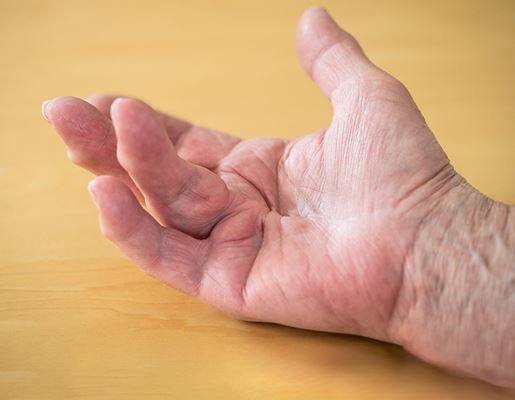
Before Surgery
Having observed a 6-8 hour fast, you will be asked to arrive at hospital in time to complete your clinical admission. Your anaesthetist will explain the type of anaesthetic to be used and the procedure involved, and your surgeon will be available to answer any final questions before the Dupuytren’s Contracture surgery begins. The type of procedure will vary by patient and will depend on the extent of the disease. The operation itself can take between 30 minutes - 2 hours.
During surgery
The goal of surgery is to reduce the contracture and help restore motion and flexibility to the fingers.
Fasciotomy – dividing the tissue
Your doctor will make an incision in your palm and cut into the thickened cords to divide them. This reduces the tension and decreases the contracture, while increasing flexibility in the fingers. After the procedure, the wound is usually left open to heal naturally. This type of procedure can usually be performed using a local anaesthetic.
Fasciectomy – removing the tissue
Your doctor will make an incision and remove as much of the diseased tissue as possible so that you are able to straighten your fingers. The ‘zig-zag’ incision is a common approach as it allows the skin to heal without causing further contracture. In some cases, the wound is left to heal naturally, and in other cases a skin graft may be required to aid the healing. Fasciectomy is a bigger operation, but it has a smaller rate of contracture recurrence. It can be performed partially, where only the affected tissue is removed, or totally whereby the heathy tissue is also removed. Your doctor will talk to you about the best approach for your condition.
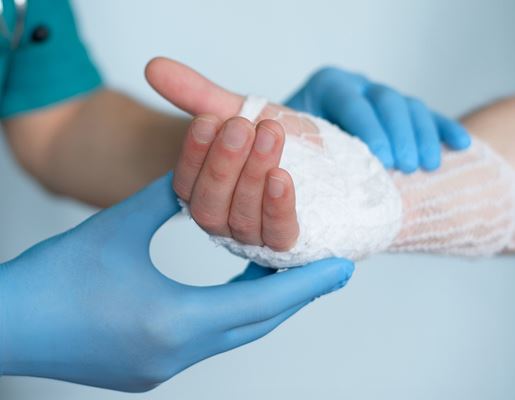
After Surgery
There will be some pain, swelling and stiffness after Dupuytren’s Contracture surgery, and your hand is likely to be bandaged or in a splint to help with your recovery. After the surgery is complete, you will be transferred to the recovery room until your doctor advises that you are able to return home. This is usually one to two hours after surgery but will depend on the type of anaesthetic that has been used. Patients are usually discharged the same day along with a personalised rehabilitation program, wound care information and medication to help with the pain. If a skin graft was performed, patients may be required to stay in hospital overnight to manage any risk of infection Recovery can take between two-twelve weeks.
What to look out for
- Dupuytren’s Contracture disease is a progressive condition that becomes harder to treat over time. The sooner you consult an orthopaedic hand specialist, the better results achieved.
- Keep your hand elevated after surgery, using an ice pack to relieve painful symptoms.
- Hand physiotherapy is an important part of your recovery and will ensure you restore function and mobility to your fingers.
- It is common to experience some loss of feeling or numbness after surgery. This problem should improve over time.
- Exercising your shoulder and elbow gently after surgery can help prevent stiffness.
- Your fingers may start to curl back up again into your palm in the future.
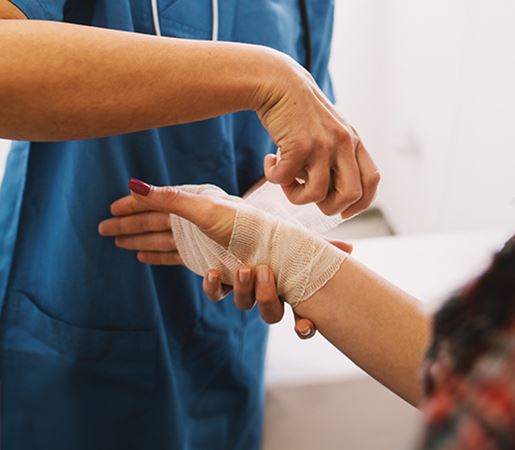
Related Content
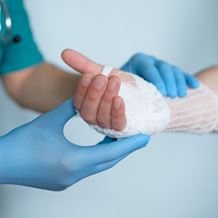
Dupuytren’s Contracture Surgery – Day of Surgery
A medical procedure to correct advanced cases of contracture.
Read More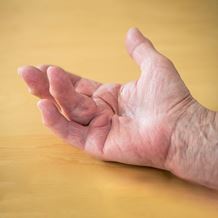
Dupuytren’s Contracture Surgery
A procedure to relieve tension in the hand tissue causing the fingers to bend inwards.
Read More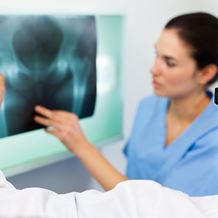
Find a Specialist
Talk to our world-leading orthopaedic specialists about the most suitable treatment options.
Read More